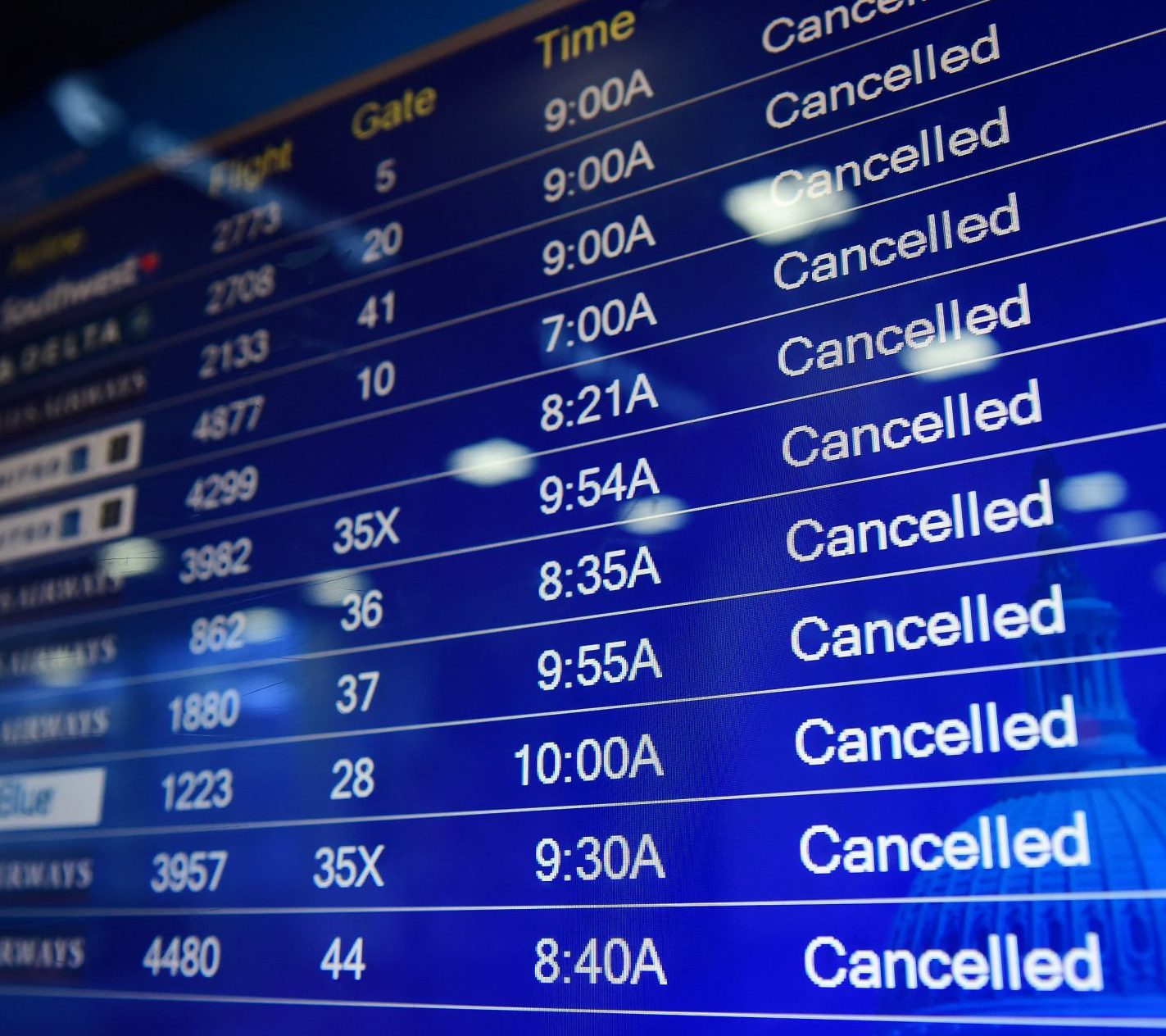
Cancelled Flights
Unable to shift into high gear is an apt description of the airline industry today, both domestically and internationally. Midway through the third quarter of 2022, as of August 15th, US airline passenger volumes reported by TSA have still not reached pre-pandemic levels. Pent-up demand for travel remains high, but airlines are having difficulty ramping back up to their pre-pandemic schedules. Virtually all of the major carriers in the US have cut back their initially planned schedules for the fall and are planning to remain without significant growth through the remainder of the year.
The following chart shows comparative passenger demand for the last four years. Data for 2022 appear in red and continue to fall short of the 2019 baseline numbers shown in blue.
With demand returning at strong levels, and supply constrained by labor shortfalls causing a slower than desired ramp-up of capacity, prices have risen both due to higher fuel costs and the supply-demand imbalance. The industry is simply unable to shift into high gear.
The question now is how long this supply-demand imbalance remains, given the continuing return of business traffic, which is now approaching 80% of pre-pandemic levels. We believe that business traffic will be leveling off at between 85%-90% of pre-pandemic levels, with the remaining trips substituted for by desktop videoconferencing and other means.
That substitution of virtual meetings will have an impact on yields, which are rising across the board even with the return of higher fare business traffic. That extra 10-15% of business traffic has a proportionally larger impact on revenues. As a result, we can expect higher fares for leisure traffic as well as legacy carriers attempt to make up the revenue shortfall.
Low-cost and ultra-low-cost carriers are in a position to grow market share by undercutting higher prices charged by major carriers, and that argument will be one JetBlue will face in the regulatory review of its takeover of Spirit. Will removing an ultra-low-cost carrier from the market decrease competition and raise prices? Our judgment is that it will, and the dominance of the new carrier at several Florida airports may make it difficult for regulatory approval without route restructuring.
Bottom Line:
The industry seems stuck and unable to shift into high gear – both in the US and elsewhere. London Heathrow has restricted capacity and difficulties with Air Traffic Control in the northeast US have caused delays and cancellations that have nothing to do with airline staffing levels. The entire industry is slowly recovering and needs to replace personnel lost during the pandemic. Things don’t look promising for the remainder of 2022 for additional growth and catching up to 2019 traffic levels.
Will 2023 be better? We believe so domestically for the US, but international routes will likely not return to normal patterns until 2024. Nonetheless, the industry has come back but appears to have hit a plateau in 2022, and a strong upswing during the remainder of the year is quite unlikely.
Views: 0





